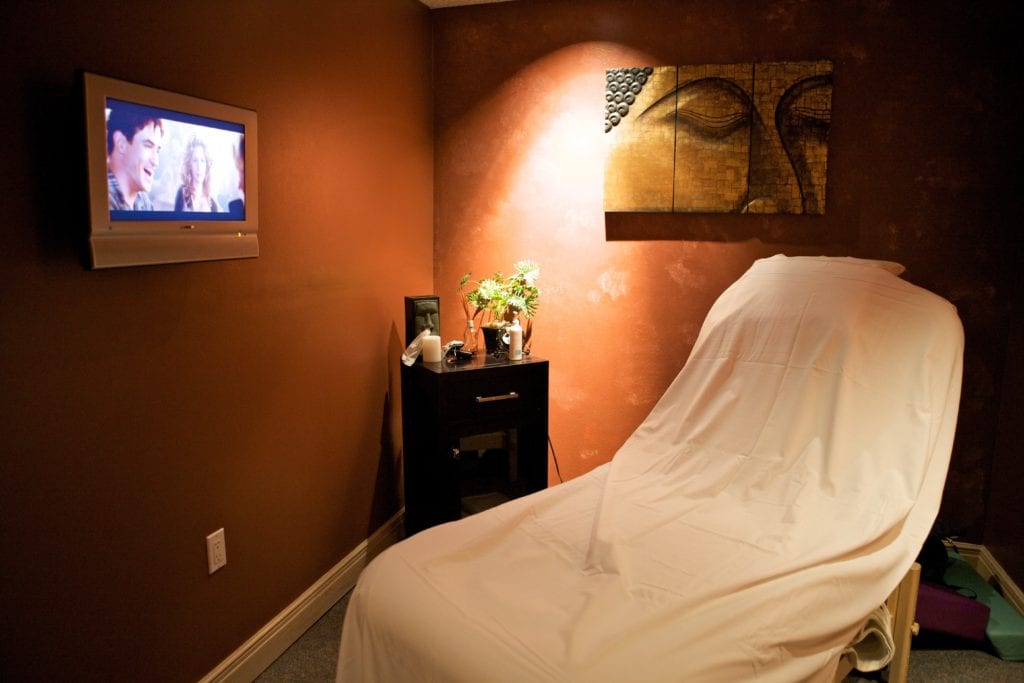Massage for Injuries

Myofascial Therapy (Deep Tissue Massage)
Massage can be extremely therapeutic in helping to avoid injuries and aiding in recovery after surgery. Massage for injuries achieves several desirable health results. It enhances function, promotes the body’s natural healing, lowers muscle-reflex reactions, induces relaxation, and elevates overall health.
At our on-site rehabilitation center, our rehabilitation specialists isolate and treat injuries with customized care plans that include massage and physical therapy [link to PT page]. With our dedicated rehabilitation team, you’ll feel the increased benefits of your surgical procedure quickly. Recovery time is minimized, and you’ll be back to your normal activities before you know it.
Benefits of massage for injuries
Massage therapy is both preventative and healing when it comes to injuries. It lessens muscle spasms, tension, and stiffness, and promotes blood circulation and lymphatic movement. It can also improve posture, reduce anxiety and stress, and promote a relaxed state of mind. Between the mental and physical benefits of massage, it’s a positive form of therapy before or after an injury occurs. When it comes to postoperative care, massage for injuries can actually promote faster healing of soft tissue injuries. Massage also reduces scar tissue, as well as increases range of motion in muscles and joints.Why we prefer myofascial therapy
Myofascial therapy, otherwise known as deep-tissue massage, is our preferred form of massage therapy for injuries. Why? The strategic, hands-on manipulation of soft tissue and joints provides healing benefits to injured muscles or joints, plus other areas that might feel stress or tightness. Our skilled rehabilitation specialists who perform deep-tissue massage treatment are able to physically stretch a patient’s muscles, enhance circulation in the tissue, eliminate muscle spasms, stimulate the nervous system, and relax a patient’s mindset. Deep-tissue massage flushes lactic acid and other metabolic waste from muscles, which allows more oxygen- and nutrient-rich blood to circulate.Improving flexibility as a part of massage therapy for injury
Flexibility is such an important part of healing injuries and preventing others. Stretching exercises prevent further pain and re-injury after surgery. However, whether you are recovering from an injury or not, stretching is vital to long-term health and physical well-being. A good tip to remember while stretching is to use more elongated motions with deep breathing, rather than bouncing or moving quickly. Hold a stretch for several minutes while taking slow, deep inhales and exhales to promote a range of movement. This deliberate, relaxed stretching technique will also improve blood circulation and naturally increase energy. Our rehabilitation specialists may incorporate stretching into your massage for injury sessions, moving and manipulating the body to increase flexibility and promote healing benefits.Why massage is an integral part of the healing process
After surgery, the body is often weakened, and the area that was operated on is susceptible to pain, discomfort, and re-injury. Massage is a way to promote physical healing and mental tranquility as quickly and holistically as possible. Whether you incorporate massage into your routine before an injury happens or as a post-op care plan, it will greatly benefit your overall health and life. Massage therapy minimizes pain, improves strength and flexibility, prevents further injury, and prepares patients to return to their regular activities.AOI Advantages
We take care of you on-site, state certified Surgery Center. You don’t have to go to a hospital.
You will receive same-day service — walk in, walk out – no crutches, no overnight stays.
There is a comfortable waiting area for family & friends, complete with refreshments, snacks and DVD/ Satellite Entertainment Theatre.
We use minimally invasive surgical procedures that dramatically reduce your recovery time.
The same friendly, reliable staff is with you from consultation through rehabilitation.
There will be minimal scarring, with tiny entry points similar to the diameter of a pea.
You will benefit from thorough follow-up and physical rehabilitation services.

